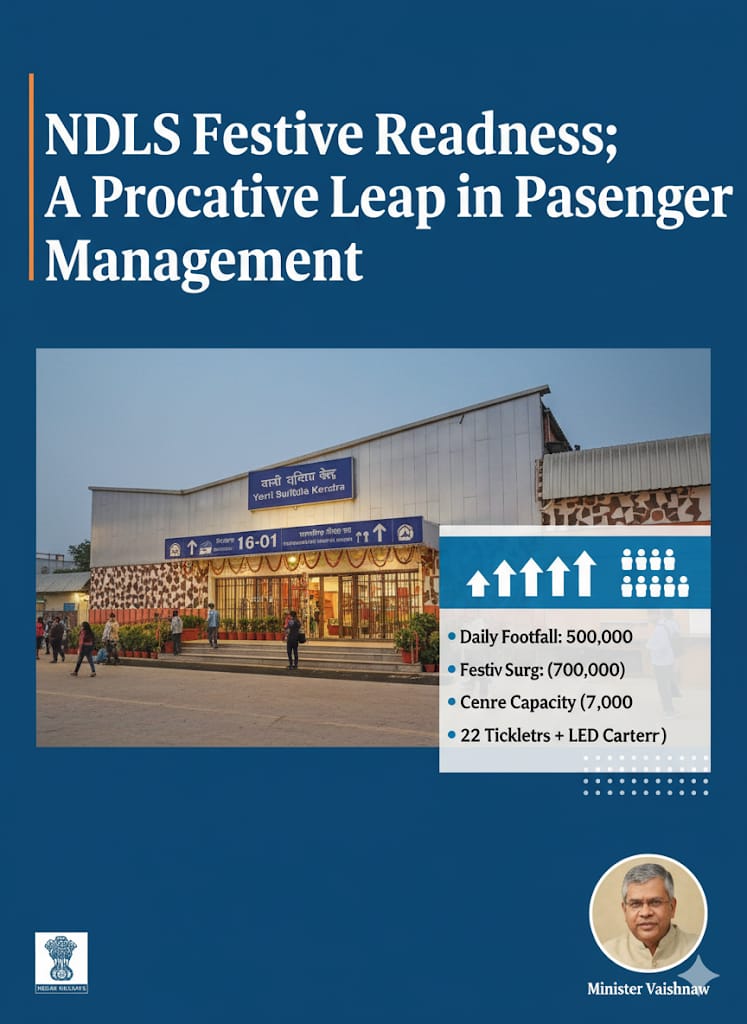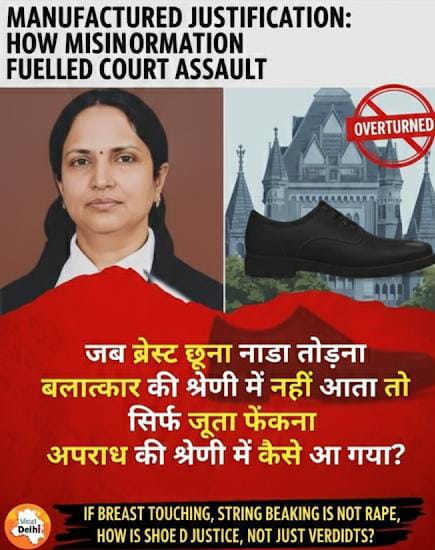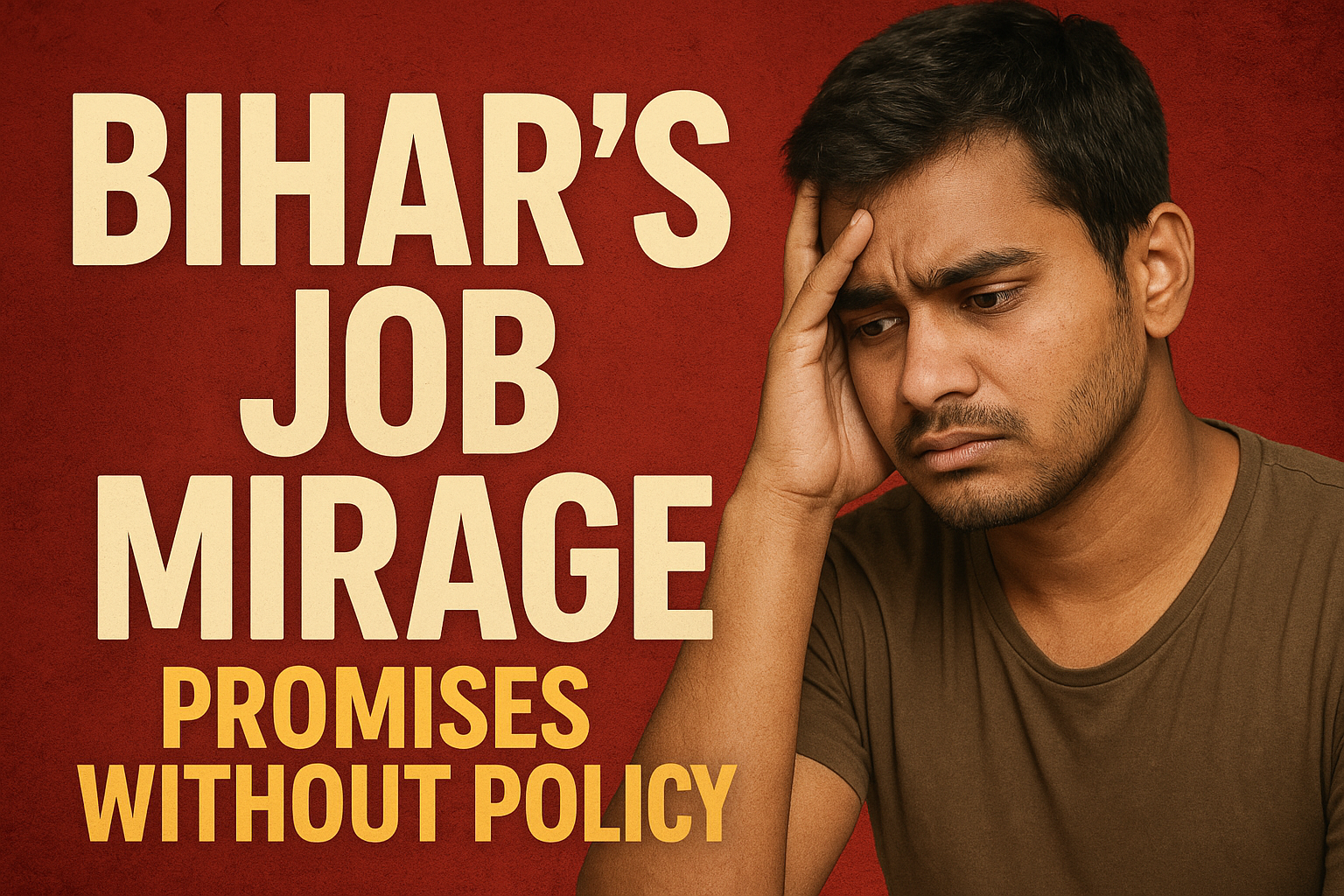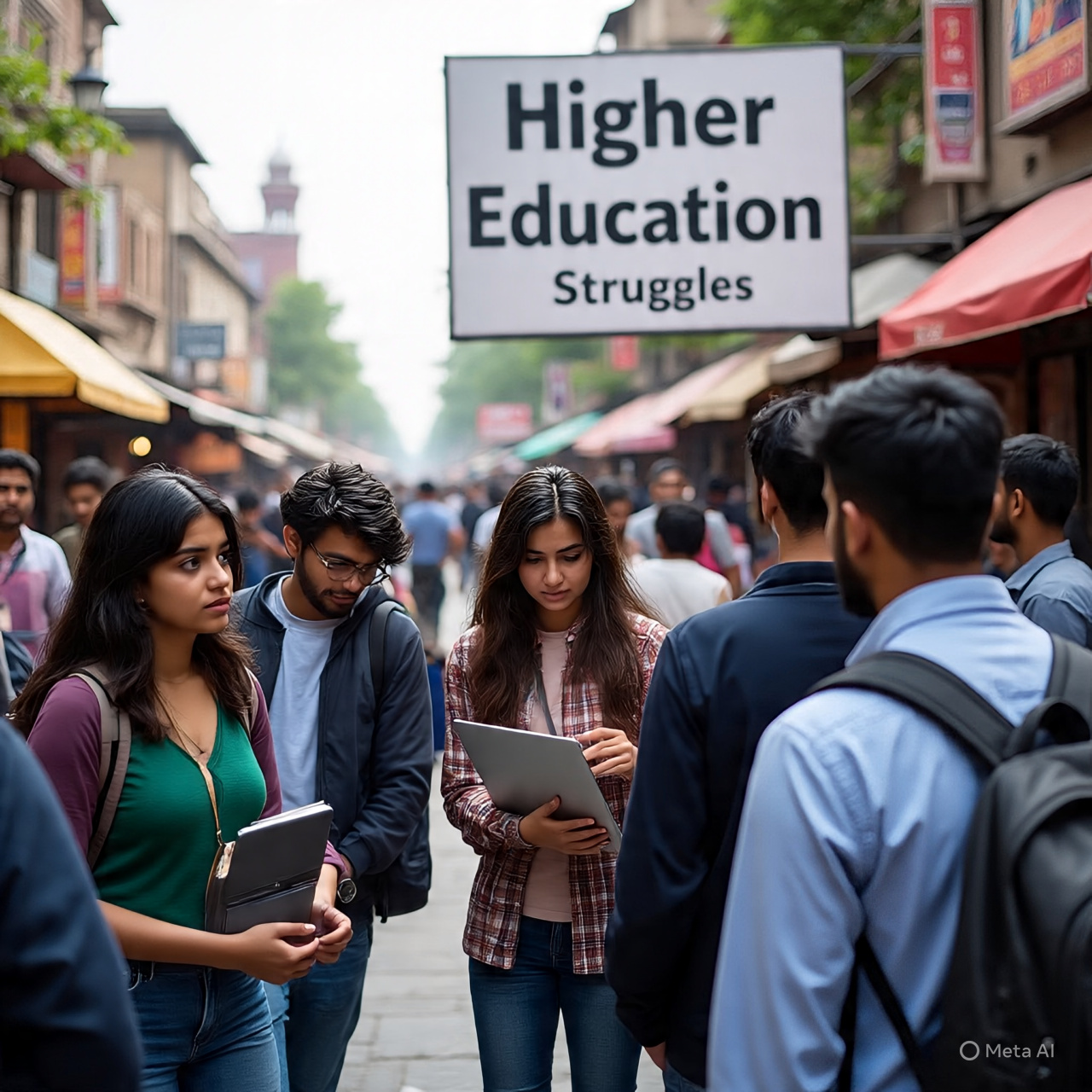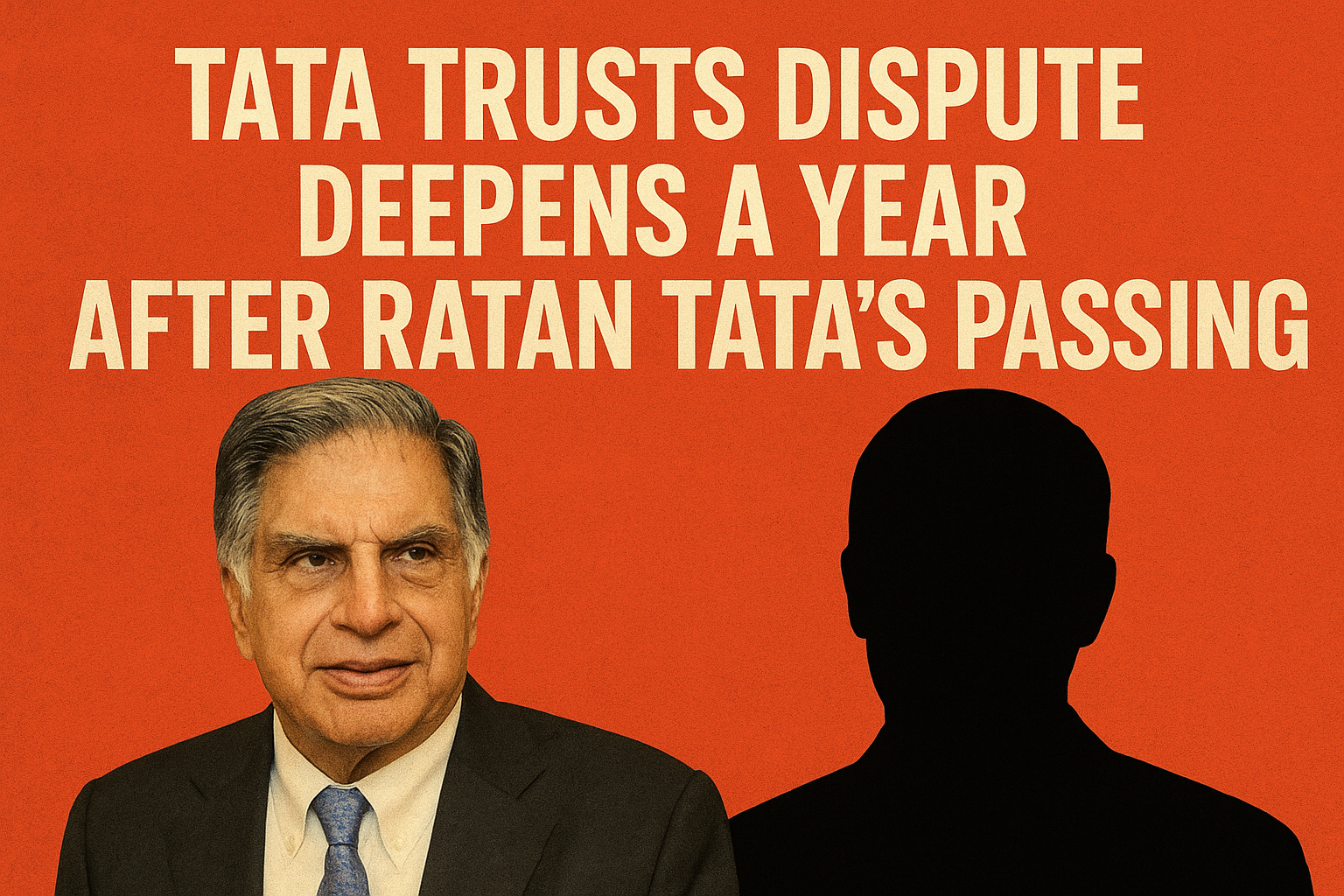
The Uttar Pradesh government, under Chief Minister Yogi Adityanath, is preparing to introduce sweeping reforms to the state's madrasas—Islamic seminaries that provide religious and basic education to a significant section of Muslim youth. These changes, aimed at modernizing the curriculum, come in the form of proposed amendments to the Uttar Pradesh Board of Madrasa Education Act, 2004. The move seeks to blend religious education with mainstream academic subjects and vocational training—a strategy that is both ambitious and contentious.
The Rationale Behind the Reform
Uttar Pradesh is home to approximately 16,500 registered madrasas, out of which around 560 receive government grants. According to the National Commission for Minority Educational Institutions (NCMEI), most madrasas in India operate outside the formal education framework, making efforts at modernization sporadic and inconsistent.
The Yogi government's proposal aims to integrate modern subjects such as science, computer education, and NCERT-prescribed English and Hindi from early grades (Classes 1 to 10). In addition, the State Council of Educational Research and Training (SCERT) syllabus will be introduced for middle school students (Classes 4 to 8), thereby aligning madrasa education more closely with mainstream state curricula.
Infrastructure and Pedagogical Overhaul
The proposed amendments go beyond curriculum updates. They require madrasas to meet minimum infrastructure norms—five classrooms for primary education and eight for middle school. For students beyond Class 8, the number of required classrooms will be determined by the student population and course offerings. Further, vocational subjects such as agriculture and commerce, as well as physical education, will become mandatory at the Class 12 level.
These changes are modeled partly on the recommendations of NITI Aayog’s 2021 report, which emphasized improving minority education outcomes by integrating skill development and modern pedagogy into traditional institutions.
Support and Resistance
Supporters of the reform argue that modernizing madrasas is crucial for integrating Muslim youth into the mainstream job market. According to the National Sample Survey Office (NSSO), the literacy rate among Muslims is 68.5%, lower than the national average of 74%. Additionally, a 2018 report by the Ministry of Minority Affairs noted that over 70% of madrasa students lacked access to modern facilities like science labs and computer centers.
Samajwadi Party spokesperson Abdul Hafiz Gandhi has cautiously welcomed the inclusion of English and computer literacy but warned against encroaching upon madrasas' autonomy. “It’s good to introduce subjects like English, Hindi, and computer education… but it is equally important that such reforms do not interfere with the autonomy of madrasas,” he noted.
A Constitutional Tightrope
The proposed changes may trigger a legal and ideological debate. Article 30 of the Indian Constitution grants minorities the right to establish and administer their own educational institutions. Any perceived imposition of state control over curriculum or pedagogy could be challenged as a violation of this constitutional protection.
Nevertheless, the state maintains that the reforms are not mandatory for all but apply to madrasas seeking affiliation with the Uttar Pradesh Madrasa Education Board, thus skirting direct conflict with constitutional autonomy.
Key challenges
The success of this modernization drive depends heavily on its implementation. Key challenges include:
- Teacher training: With most madrasa teachers untrained in modern pedagogical methods, massive upskilling will be required.
- Funding: Infrastructure upgrades will need significant financial support. A 2023 report by the Centre for Policy Research noted that most madrasas operate on minimal budgets, relying on community donations.
- Community engagement: Building trust among stakeholders is essential to avoid resistance from religious leaders and local communities.
Uttar Pradesh’s attempt to modernize madrasas is part of a larger national conversation about educational equity and social mobility. If executed with sensitivity and inclusiveness, these reforms could serve as a model for other states with large minority populations. But the balance between state oversight and religious autonomy must be handled with utmost care to ensure both constitutional validity and community cooperation.




.jpeg)
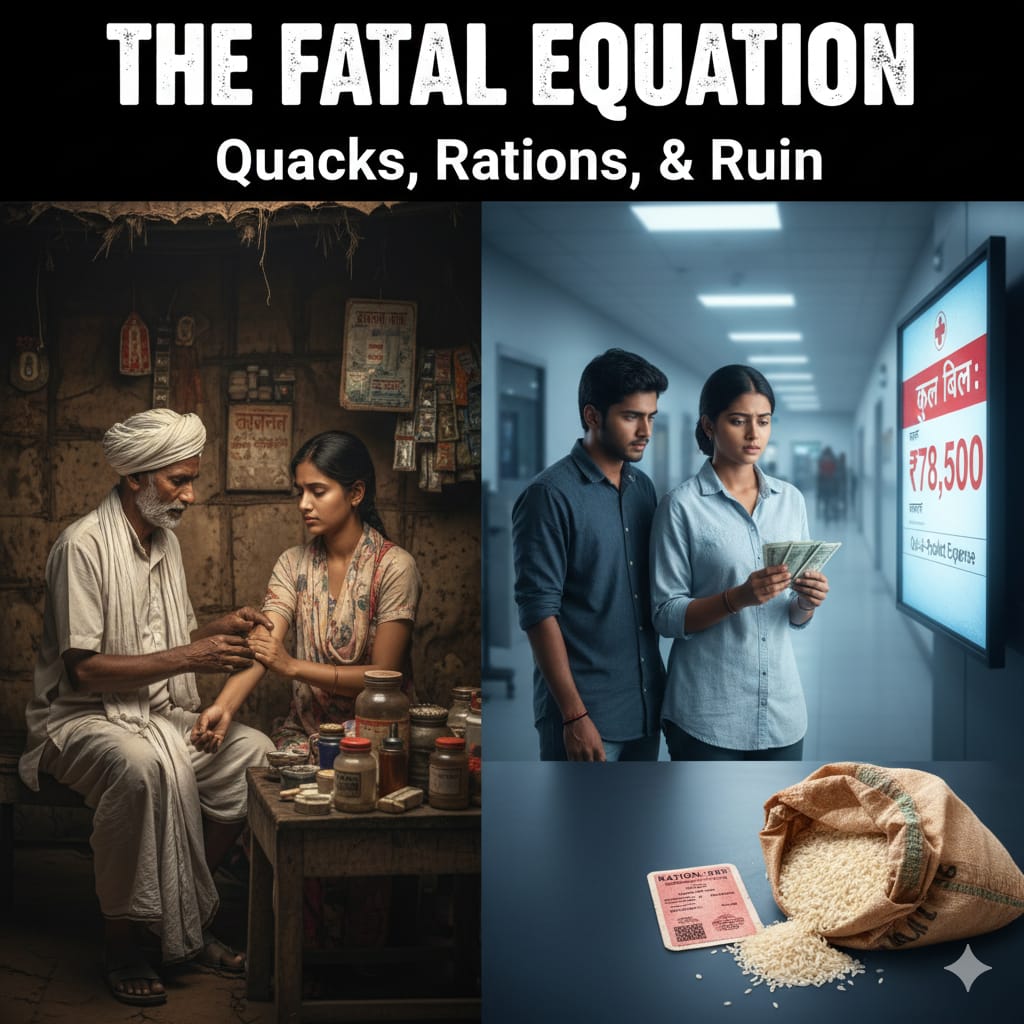
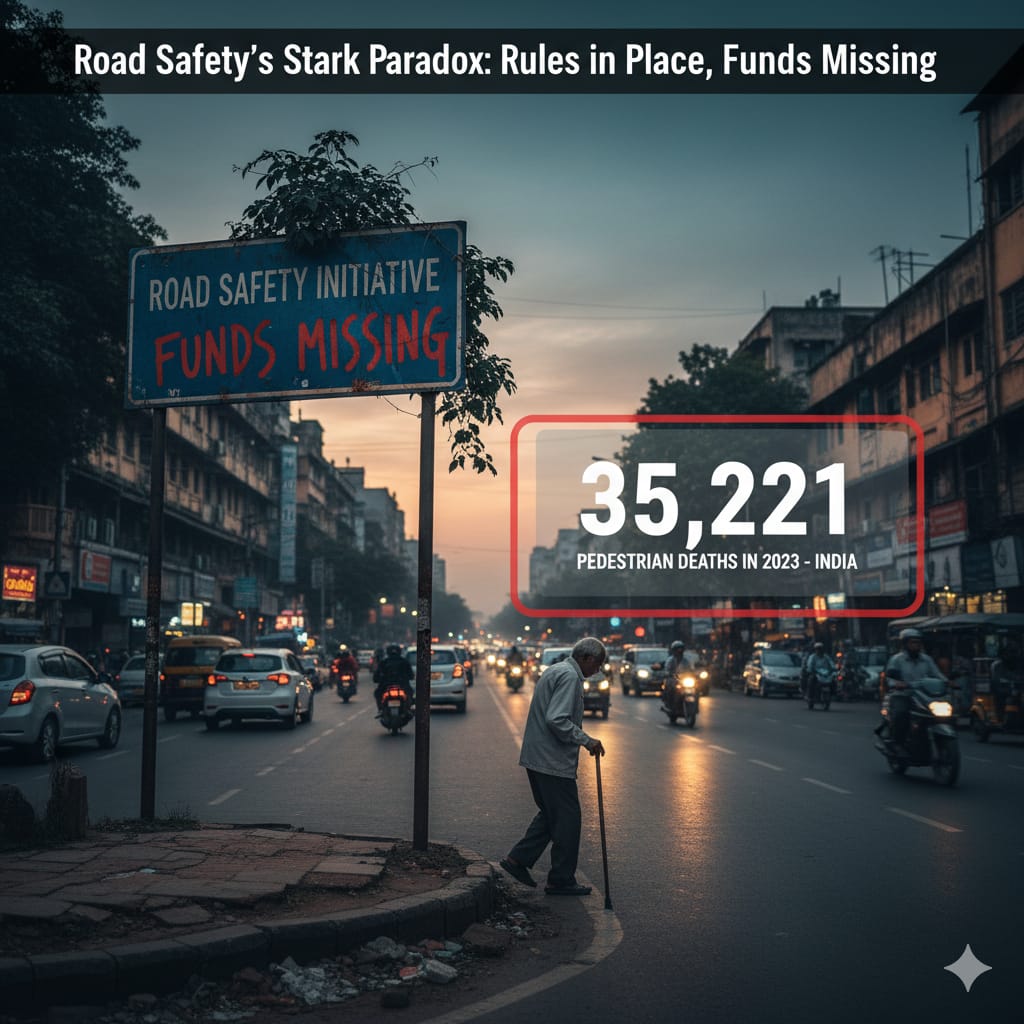
.jpeg)

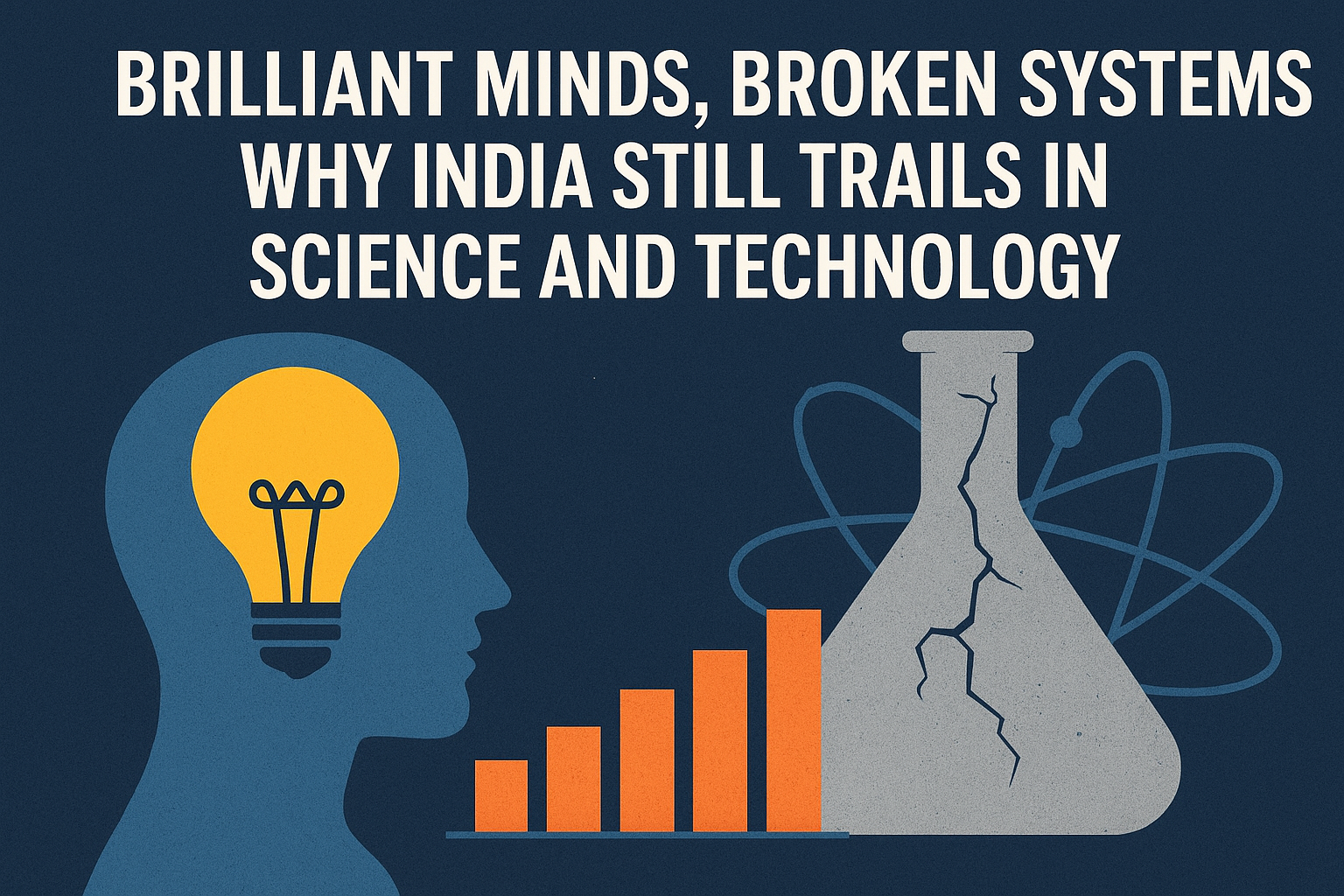


.jpeg)
